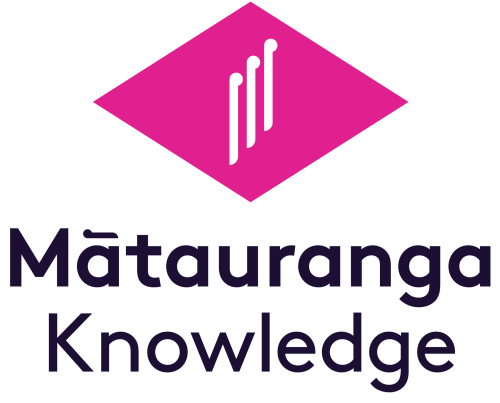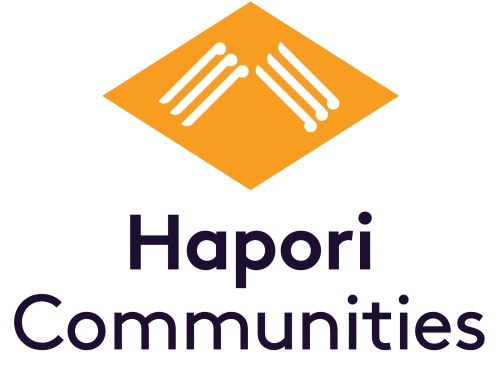
This pou focuses on all people, whānau and communities of Tairāwhiti having unhindered access to support and opportunities that enhance their wellbeing. It’s about shared wellbeing for all people.
He Rangitapu He Tohu Ora is the Trust Tairāwhiti wellbeing framework that guides all our investment decisions and internal operations. We engaged extensively with our communities to understand what wellbeing means and used that knowledge to create a framework tailored to Tairāwhiti.
Wellbeing means our people, whānau and communities can live the lives they value in the ways that matter most to us.
He Rangitapu He Tohu Ora is designed so all funding applications go through the waharoa – a gateway built on the fundamental pou (pillars) of equity and sustainability. Integrity is the taahu, the connector that joins our pou.

This pou focuses on all people, whānau and communities of Tairāwhiti having unhindered access to support and opportunities that enhance their wellbeing. It’s about shared wellbeing for all people.

This is about being good ancestors and our obligations to future generations. Children and young people have a better set of opportunities than the current generation.

Tairāwhiti upholds Te Tiriti o Waitangi. Mana whenua partnerships are maintained with integrity.
Muka are the fibrous strands that come from harakeke and when woven together are renowned for their enduring strength. Within our framework, the six muka represent aspirational wellbeing outcomes for Tairāwhiti. These outcomes are the direct result of our community engagement, formed by the individual and collective voices of Tairāwhiti.
Our muka are interdependent and complementary. When woven together, they capture a holistic and enduring vision for regional wellbeing.

Diverse systems of knowledge, information and Mātauranga Māori are accessible, used, valued and evolve.
It’s about the ability to access knowledge and make informed decisions. It’s fundamental to wellbeing as a driver for health, employment and income. If a person does not have access to information to make informed choices about how to achieve their goals, their choices are limited for the sort of life they want to live.

The quality of our land, water, air and atmosphere is pristine. Biodiversity is abundant. We practice kaitiakitanga.
This muka is about the impact of the natural world on people’s wellbeing. While effects on the environment are captured by the sustainability pou, Taiao focuses on the direct effect of environmental quality on the wellbeing of people. It’s measured in biodiversity, the quality of land, water and air.

Communities are happy, healthy and empowered. The voice of communities is integral to decisions that impact their lives.
This muka encapsulates self-determination, being able to make decisions and being heard. Happiness doesn’t mean that people are or should be happy all the time, but rather an increase in positive emotions of calm, contentment and reflection. Health focuses on physical health including length and quality of life.

The Tairāwhiti economy is diverse, innovative, resilient and regenerative and provides access to well-paid quality jobs. Our people have sustainable livelihoods from paid and unpaid work.
The economy is critical to wellbeing because of jobs, income and livelihood. This muka refers to broader characteristics of the economy, including resilience, innovation and diversity. It acknowledges that a livelihood can come from paid and unpaid work. Unpaid work could be the ability to grow or hunt food to sustain your livelihood.

Culture connects the people of Tairāwhiti. We express, celebrate and value our diversity, heritage and taonga.
This muka focuses on peoples’ sense of self, belonging and cultural connection to Tairāwhiti and how they relate to others. It values different and shared identities, heritage and taonga.

Our people, whānau and communities in Tairāwhiti have respectful, connected and collaborative relationships.
As a wellbeing outcome, Tūhono relationships focuses on the connections between people, whānau and communities. Social support and connection are identified as one of the ‘big six’ drivers of wellbeing in the World Happiness Report. Connectedness enables a feeling of belonging and fosters an environment of wellbeing.
Since the Trust’s inception in 1993, we’ve provided millions in funding for community projects and initiatives for our beneficiaries, the people of Tairāwhiti. In 2018, trustees committed to getting a better understanding on the impacts of their decisions on community wellbeing.
Around the same time, the government was developing its Wellbeing Budget and Treasury’s Living Standards Framework, which also centred around wellbeing. Trustees were concerned the data used by the government to create the Wellbeing Budget didn’t accurately reflect our region, as Tairāwhiti was often grouped with Hawke’s Bay data.
The Trust engaged Dr Brigid O’Brian to provide a comprehensive overview of wellbeing and how it was being measured globally. She produced a research report Tū ora ai tātou – Living Well Together, which gave examples of 57 wellbeing frameworks from around the world.
The report highlighted the need for the Trust to measure its impact and build evidence to inform future funding decisions that would achieve the greatest wellbeing impacts for the region. The Trust also needed data from substantial sample sizes, so it was robust and reflected what was happening here.
Informed by the research findings, the Trust began community engagement to find out what wellbeing meant to the people of Tairāwhiti.
Erina Hurihanganui, the Trust’s general manager of wellbeing and impact, was appointed to head the engagement programme and use the findings to design a wellbeing framework.
The campaign asked, ‘what are the things that matter to you the most?’
“We engaged with a wide-range of people and groups, giving stakeholder presentations to tell everyone what we were doing,” Erina said.
“We held forums with businesses, learning institutions, health providers and social services, whānau and iwi, as well as focus groups to drill deeper into the things that matter.”
Over the eight months the Trust engaged with about 1200 people.
The data was analysed in line with the primary research by Dr O’Brien, and as stand-alone data. This aligned the preliminary research with the Tairāwhiti data.
The result, He Tohu Ora – Tairāwhiti Wellbeing, is a co-design based on the obligations under the Trust Deed, the research, community engagement, plus technical and expert support.
“Our framework has common elements with the Treasury Living Standards Framework, the Sustainable Development Goals as well as synergies to the Local Government Act,” Erina says.
“It was created to inform Trust investment decisions but has ended up being so much more. It’s used as a lens over our internal operations and provides a structure for the Trust’s Strategic Plan and Statement of Intent.”